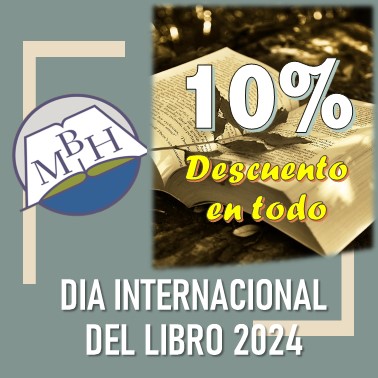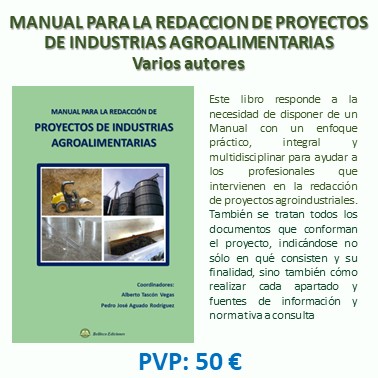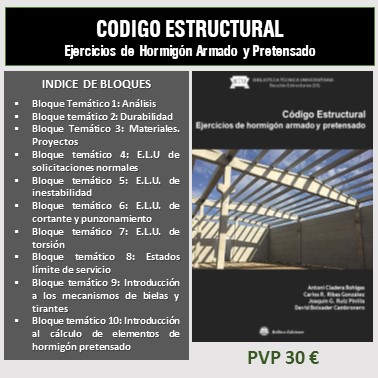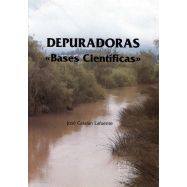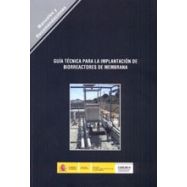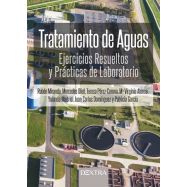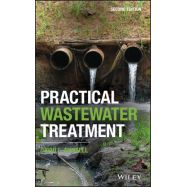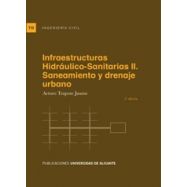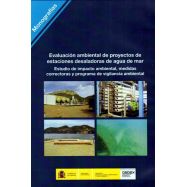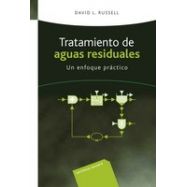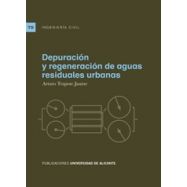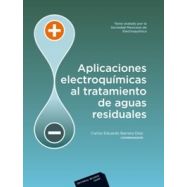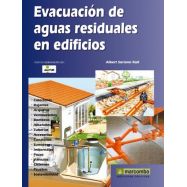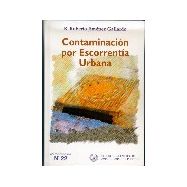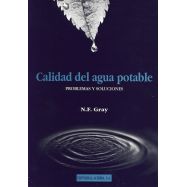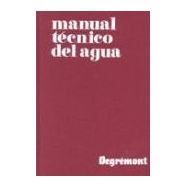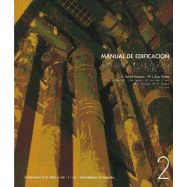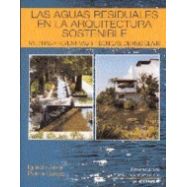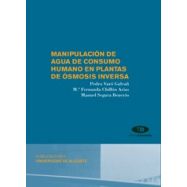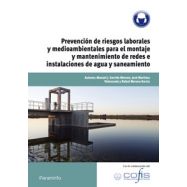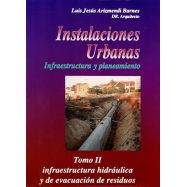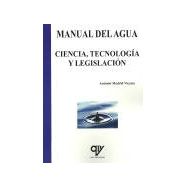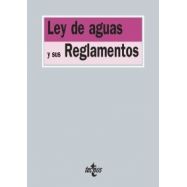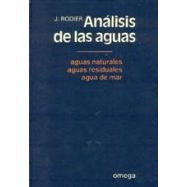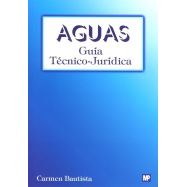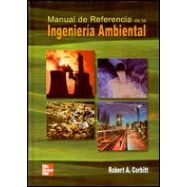Ningún producto
Materias
- BELLISCO EDICIONES. Nuestro Fondo Editorial
- FONDOS EDITORIALES EN DISTRIBUCION
- LIBROS TECNICOS EN INGLES
- ARQUITECTURA - URBANISMO
- AUTOMOCION - MOTORES - VEHICULOS
- AVIONICA - AERONAUTICA
- CALIDAD - EMPRESARIALES - GESTION
- CIENCIAS EXACTAS - MATEMATICAS
- CIENCIAS NATURALES Y APLICADAS
- CIENCIAS DE LA TIERRA - INGENIERIA DEL SUELO
- DICCIONARIOS TECNICOS
- ESTRUCTURAS - CONSTRUCCION
- FORMACION PROFESIONAL
- HIDRAULICA - INGENIERIA SANITARIA - AGUAS
- Abastecimiento y Distribución
- Águas subterráneas
- Tratamiento. Depuración y Reutilización de aguas
- Tuberías - Conducciones - Válvulas - Depósitos
- Mecanica de Fluidos
- Aguas, hidráulica e Ingª Sanitaria en General
- Novedades en Ingª Sanitaria, aguas, Hidráulica
- Hidrologia, Hidraulica Fluvial, Rios, cuencas y sedimentos
-
- INGENIERIA CIVIL - OBRAS PUBLICAS
- INGENIERIA MECANICA E INDUSTRIAL
- INSTALACIONES . GENERALES, EN EDIFICACION E INDUSTRIALES
- MATERIALES
- MEDIO AMBIENTE
- NORMATIVA
- OPOSICIONES
- PREVENCION DE RIESGOS LABORALES
- PROGRAMAS INFORMATICOS DE CALCULO
- TECNOLOGIA DE LOS ALIMENTOS: Industrias: Conservación, envasado y cadenas alimentarias
- TELECOMUNICACIONES - INFORMATICA - TECNOLOGIA DE LA INFORMACION
- OUTLET DE BELLISCO: Descuentos de hasta el 80%
- RELIGION, TEOLOGIA, MORAL Y ESPIRITUALIDAD
- VARIOS
- OFERTAS
- PROMOCIONES
- NEWSLETTER
- CATEGORIAS DESTACADAS
- ULTIMAS NOVEDADES BELLISCO
- ARQUITECTURA SOSTENBILE
- URBANISNO
- MATEMATICAS EN GENERAL
- AGRONOMOS-AGRICULTURA-FORESTALES
- ELECTROMAGENTISMO-ELECTRONICA-ELECTRICIDAD
- INGª Y MECÁNICA DEL SUELO. CIMENTACIONES
- TOPOGRAFIA, FOTOGRAMETRÍA, GEODESIA
- EDIFICACION
- ANALISIS DE ESTRUCTURAS, RESISTENCIA DE MATERIALES, ELASTICIDAD, CALCULO MATRICIAL
- OFICIOS VARIOS
- ABASTECIMIENTO Y DISTRIBUCION DE AGUA
- PUENTES
- TUNELES Y OBRAS SUBTERRANEAS
- MAQUINAS Y MECANISMOS
- SOLDADURA
- CLIMATIZACION
- INSTALACIONES DE AGUA
- INSTALACIONES ELECTRICAS CIENCIA E INGENIERIA DE MATERIALES
- ENERGIAS RENOVABLES
- DESARROLLO SOSTENIBLE
- INFORMATICA-SISTEMAS-FORMACION-PROGRAMAS
-
MEMBRANE TECHNOLOGIES FOR WATER TREATMENT: REMOVAL OF TOXIC TRACE ELEMENTS WITH EMPHASIS ON ARSENIC, FLUORIDE AND URANIUM
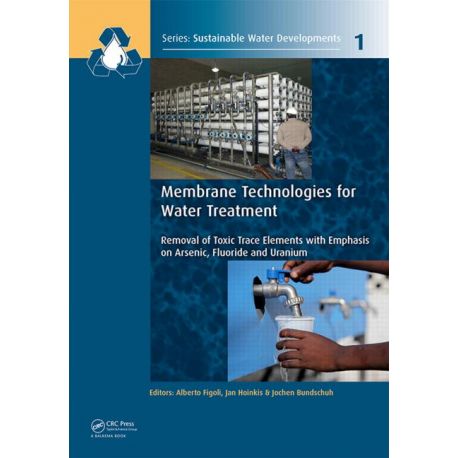 Ver más grande
Ver más grande Referencia: Código 08401
Enero de 2020 - Alberto Figoli... - Refª 8401
Alberto Figoli, Jan Hoinkis, Jochen Bundschuh
Enero de 2020 Páginas: 286
Código 8401 ISBN/EAN: 9781138611931
Summary
Focuses on the application of membrane technologies in removing toxic metalsmetalloids from water. Particular attention is devoted to the removal of arsenic, uranium, and fluoride. These compounds are all existing in the earth’s crust at levels between two and five thousands micrograms per kg (parts per million) on average and these compounds can be considered highly toxic to humans, who are exposed to them primarily from air, food and water. In order to comply with the new maximum contaminant level, numerous studies have been undertaken to improve established treatments or to develop novel treatment technologies for removing toxic metals from contaminated surface and groundwater. Among the technologies available, applicable for water treatment, membrane technology has been identified as a promising technology to remove such toxic metals from water. The book describes both pressure driven (traditional processes, such as Nanofiltration, Reverse Osmosis, Ultrafiltration,etc) and more advanced membrane processes (such as forward osmosis, membrane distillation, and membrane bio-reactors) employed in the application of interest. Key aspect of this book is to provide information on both the basics of membrane technologies and on the results depending on the type of technology employed.
Part I Generality on arsenic, fluoride and uranium
1. Fluoride, uranium and arsenic: occurrence, mobility, chemistry, human health impacts and concerns
Alberto Figoli, Jochen Bundschuh & Jan Hoinkis
1.1 Introduction
1.2 Fluoride
1.3 Uranium
1.4 Arsenic
Part II Traditional membrane processes
2. Arsenic removal by low pressure-driven membrane operations
Alfredo Cassano
2.1 Introduction
2.2 Microfiltration and ultrafiltration
2.3 Arsenic removal by using microfiltration
2.4 Arsenic removal by using ultrafiltration
2.5 Conclusions
3. Fluoride and uranium removal by nanofiltration
Stefan-André Schmidt, Tiziana Marino, Catherine Aresipathi, Shamim-Ahmed Deowan, Priyanath N. Pathak, Prasanta Kumar Mohaptra, Jan Hoinkis & Alberto Figoli
3.1 Introduction
3.2 Common removal technologies
3.3 Removal of dissolved fluoride and uranium by NF
3.4 Conclusions and outlook
4. The use of reverse osmosis (RO) for removal of arsenic, fluoride and uranium from drinking water
Priyanka Mondal, Anh Thi Kim Tran & Bart Van der Bruggen
4.1 Reverse osmosis: background and transport mechanism
4.2 Types of RO membranes
4.3 Membrane modules and their application
4.4 Reverse osmosis for arsenic, fluoride and uranium removal from water
4.5 Experimental study for removal of arsenic and fluoride from water by RO and loose RO membranes
4.6 Conclusion
5. Electro-membrane processes for the removal of trace toxic metal ions from water
Svetlozar Velizarov, Adrian Oehmen, Maria Reis & João Crespo
5.1 Introduction
5.2 Case studies
5.3 Concluding remarks and future needs
6. Fluoride, arsenic and uranium removal from water using adsorbent materials and integrated membrane systems
Hacene Mahmoudi, Noreddine Ghaffour & Mattheus Goosen
6.1 Introduction
6.2 Fluoride
6.3 Arsenic
6.4 Uranium
6.5 Concluding remarks and outlook
Part III New trends in materials and process development
7. Biosorbent materials and membranes for the treatment of toxic ions from water
Mir Saeed Seyed Dorraji, Vahid Vatanpour & Abdolreza Mirmohseni
7.1 Introduction
7.2 Mechanism of metal biosorption and factors affecting its performance
7.3 Equilibrium models for bioadsorption process
7.4 Choice of metals for bioadsorption studies
7.5 Biosorbent materials as a precursor in membrane preparation
7.6 Hybrid of biosorption and membrane processes
7.7 Biofiltration
7.8 Bioadsorption of arsenic, uranium and fluoride
7.9 Conclusion
8. Liquid membrane separations of uranium
Prasanta Kumar Mohapatra
8.1 Introduction
8.2 Liquid membranes
8.3 Liquid membrane separations using different extractants
8.4 Applications of liquid membranes for uranium recovery
8.5 Conclusion and perspectives
9. Supported liquid membrane technology in the removal and recovery of toxic ions from water
Raffaele Molinari & Pietro Argurio
9.1 Introduction
9.2 Theory
9.3 SLM application in the removal and recovery of toxic ions from water
9.4 Conclusion
10. Polymer inclusion membranes for the separation of uranium and arsenic from dilute aqueous solutions
Alexander M. St John, Spas D. Kolev & Clàudia Fontàs
10.1 Introduction
10.2 Extraction and separation of solutes
10.3 Separation of uranium
10.4 Separation of arsenic
10.5 Conclusion and outlook
11. Removal of arsenic by nanofiltration: a case study on novel membrane materials
Jianfeng Song, Xue-Mei Li, Claudia Ursino, Alberto Figoli & Tao He
11.1 Introduction
11.2 Nanofiltration (NF)
11.3 Removal of arsenic by nanofiltration
11.4 High performance NF membranes
11.5 Cost evaluation
11.6 Summary and outlook
12. Fate and removal of trace metals/metalloids and fluoride from urban wastewater by membrane bioreactors: pilot and full-scale experiences
Evina Katsou, Simos Malamis, Franco Cecchi & Francesco Fatone
12.1 Introduction
12.2 Myths and realities about MBR
12.3 Occurrence, fate and removal of trace metals, metalloids and fluoride
12.4 Conclusion
13. Membrane distillation for the treatment of waters contaminated by arsenic, fluoride and uranium
Alessandra Criscuoli & Maria Concetta Carnevale
13.1 Introduction
13.2 Traditional treatments
13.3 Application of the membrane distillation technique
13.4 Synthesis of the literature results
13.5 Conclusions and remarks
14. Removal of inorganic and organic trace contaminants by forward osmosis membranes
Qianhong She & Chuyang Y. Tang
14.1 Introduction
14.2 Fundamentals of mass transport and solute rejection in FO
14.3 Removal of organic contaminants by FO membranes
14.4 Removal of inorganic contaminants by FO membranes
14.5 Conclusions and outlook
Subject index
Book series page
TAMBIEN LE PUEDE INTERESAR
- 51,30 €
- 60,00 €
- 48,00 €
- 25,00 €
- 25,48 €
- 114,00 €
- 227,00 €

